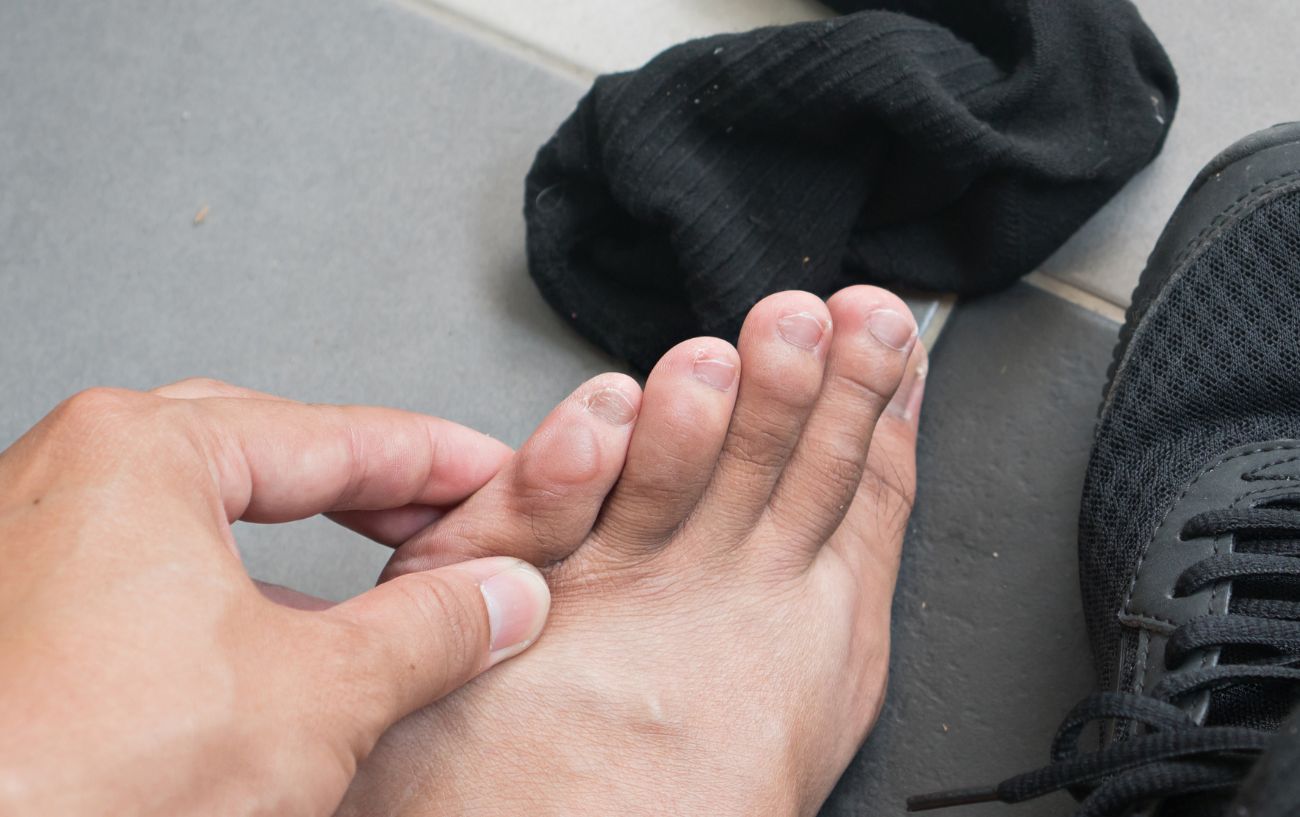It’s happened to almost all of us: your workout is going perfectly well, but whether it is rainy, unusually hot and humid, or you are trying out a new sports bra or a pair of shorts, the wrong factors have overlapped to create every exerciser’s nemesis—chafing.
Chafing does not discriminate. Whether you are a beginner or seasoned runner or another type of athlete, overweight or quite slender, you can experience chafing anywhere on your body when there is a bad case of skin-on-skin rubbing or when fabric rubs against some skin area.
A chafed area can feel like a literal fire on your skin: burning, painful, hot, and red. The skin irritation and affected area can make continuing your run, ride, or workout feel like an impossibility. Knowing how to help chafing can really improve your exercise experience.
But what causes chafing? How do you prevent chafing? What helps with chafing so that you can heal and get back to working out with minimal pain?
In this guide, we will do a head-to-toe discussion of chafing, covering why it happens, how to prevent it, how to help chafing, and what to do to heal chafing.
We will cover:
- What Is Chafing?
- What Causes Chafing?
- Common Sites of Chafing During Exercise
- How to Prevent Chafing
- How to Help Chafing
Let’s get started!
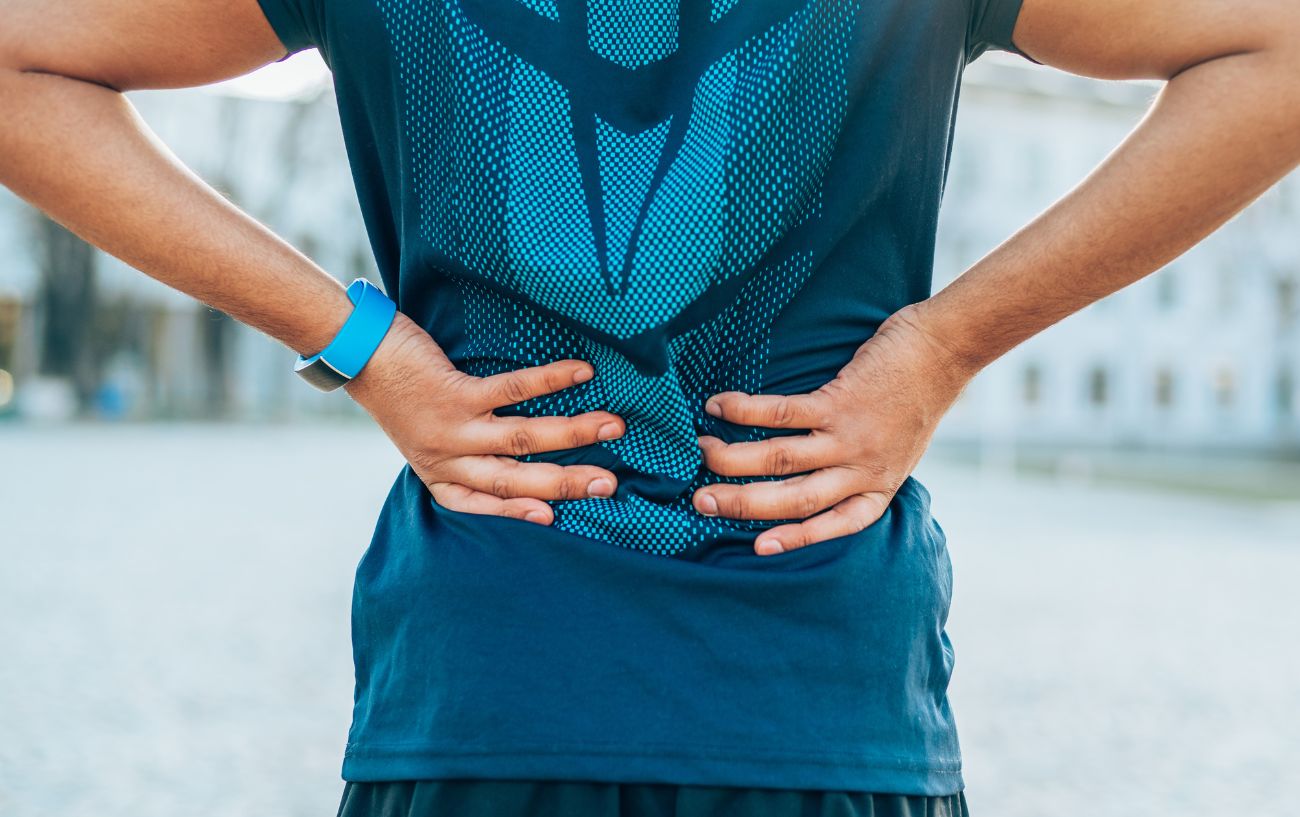
What Is Chafing?
Chafing refers to an abrasion of the skin caused by friction from some source.
Chafing can cause irritated skin and a bumpy, hot, painful, and even blistered rash, and sometimes, the skin is also worn away, exposing delicate layers of deeper skin and leading to bleeding and the chance of skin infection.
Inner thigh chafing is one of the most common locations, but it can occur anywhere on the body, including the groin, under the breasts, along the armpits, under the arms, the nipples, and the feet.
What Causes Chafing?
So, what causes skin chafing?
As mentioned, chafing occurs because of friction against the skin, but where does the friction originate?
The friction that leads to chafing is typically caused when two different areas of your skin rub together. Skin-on-skin rubbing between the thighs or between the underarm and side of the trunk under your armpit or areas where the fabric of your clothing is rubbing against your skin are all common culprits for skin chafing.
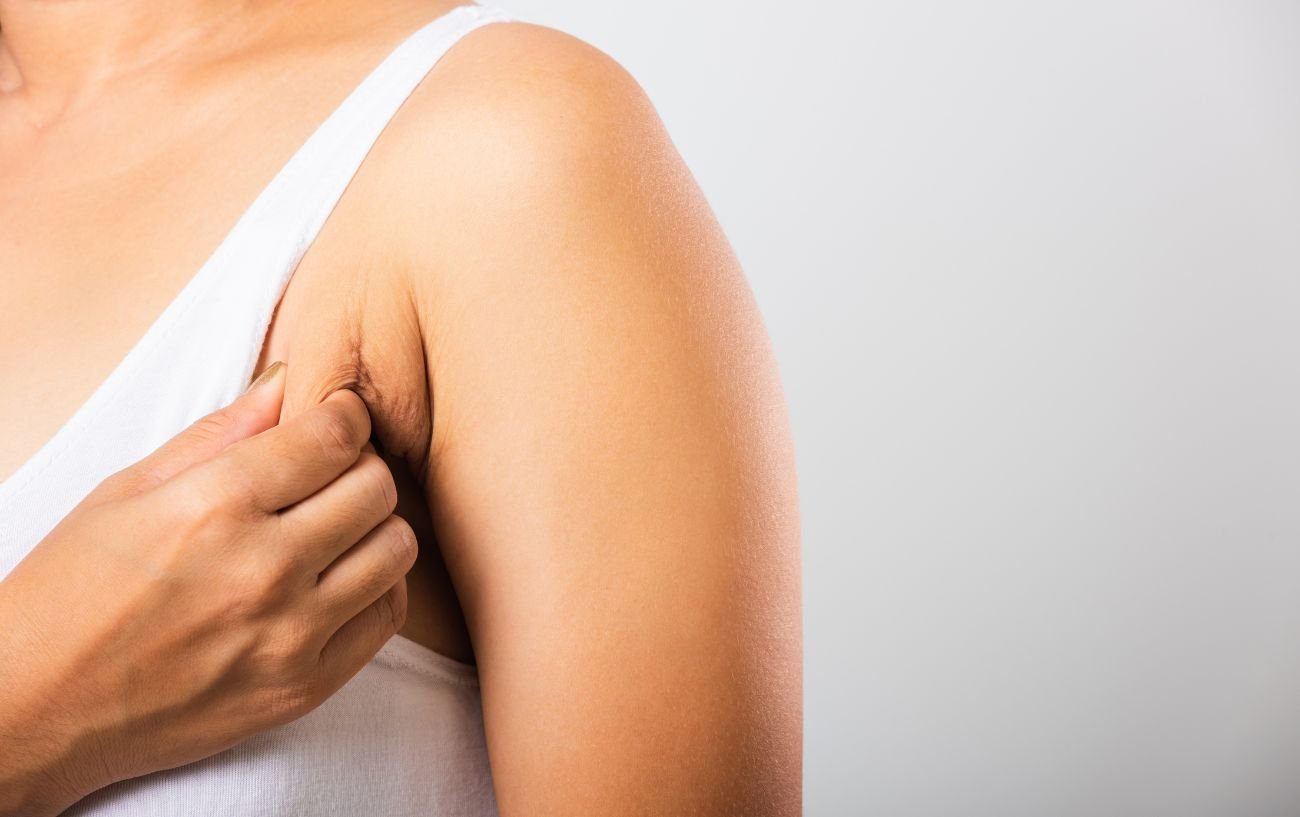
An example of the latter might occur when you are riding a bike and the bike shorts along your thighs or chamois up in the groin rub against your groin or inner thighs as you make minute movements on the bike seat with every pedal stroke.
Chafing is particularly common during exercise because sweat increases friction.
Sweating also will make any patches of chafing much more painful, as the acids in sweat can cause burning in any open areas of chafed skin.
Additionally, the risk of severe chafing is higher in exercises like running, cycling, or using the elliptical machine, because these activities involve repetitive motions.
If any areas of skin are rubbing together, you can quickly develop pretty severe cases of chafing because every single stride or pedal stroke continues to abrade away the skin.
For exercises like running and cycling, a typical cadence is roughly 180 steps per minute or 100 revolutions per minute, respectively, so, if you experience friction and skin-on-skin rubbing with every step, even a short workout can result in significant chafing.
Common Sites of Chafing During Exercise
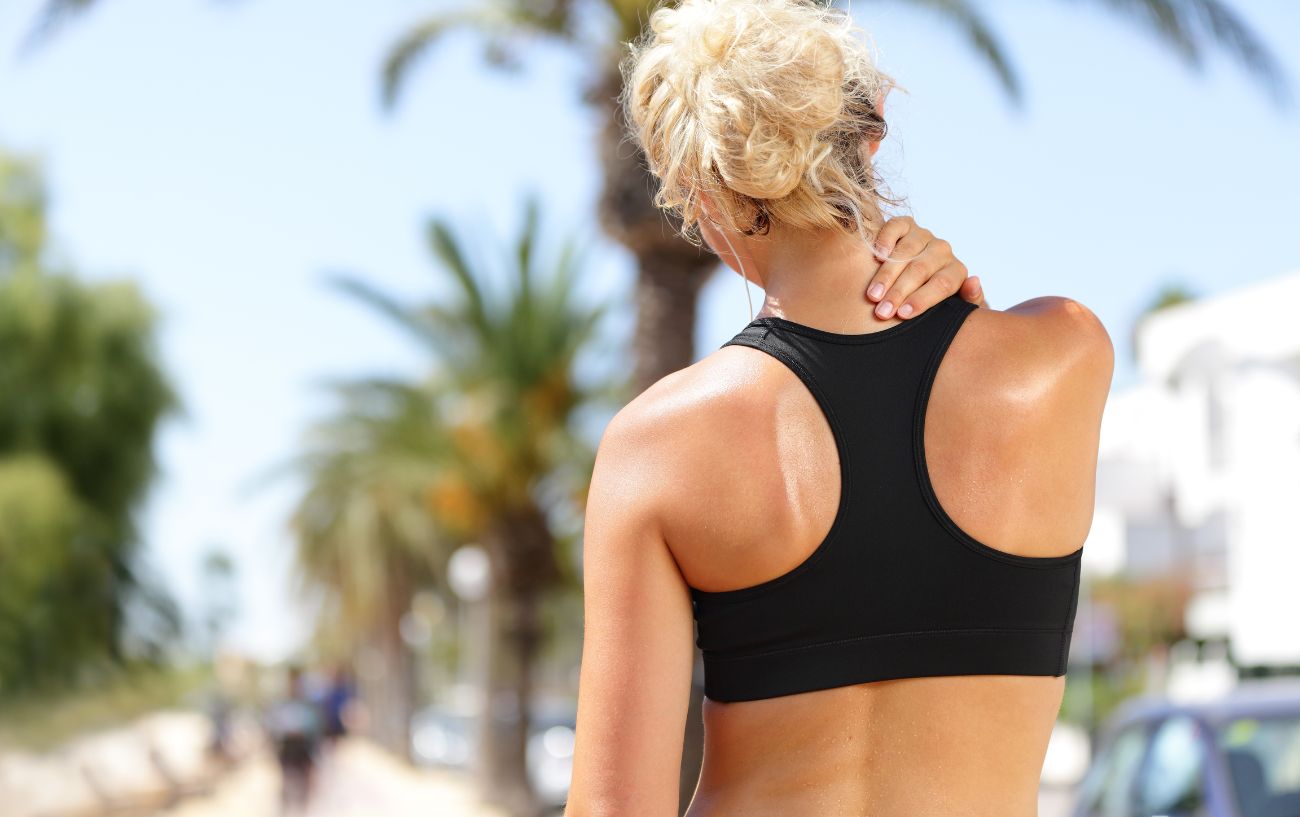
Neck
You might not think that the neck would be a sight of chafing, but running or cycling in high-necked tops during cold weather can cause chafing along the neck, especially if these articles of clothing have a zipper or are pressing firmly against the neck because of a neck gaiter or something else over them.
Additionally, people who carry excess weight might have loose skin between the chin and neck that can cause chafing when they start moving their body vigorously, and those areas of skin move up and down against one another.
Shoulders
Chafing along the shoulders during exercise is extremely common, as bathing suits and sports bra tops can rub against the rather delicate skin along the skin between the neck and shoulders.
Chafing along this region is also common in hikers and backpackers because the straps of the backpack can continually rub on the body as you walk.
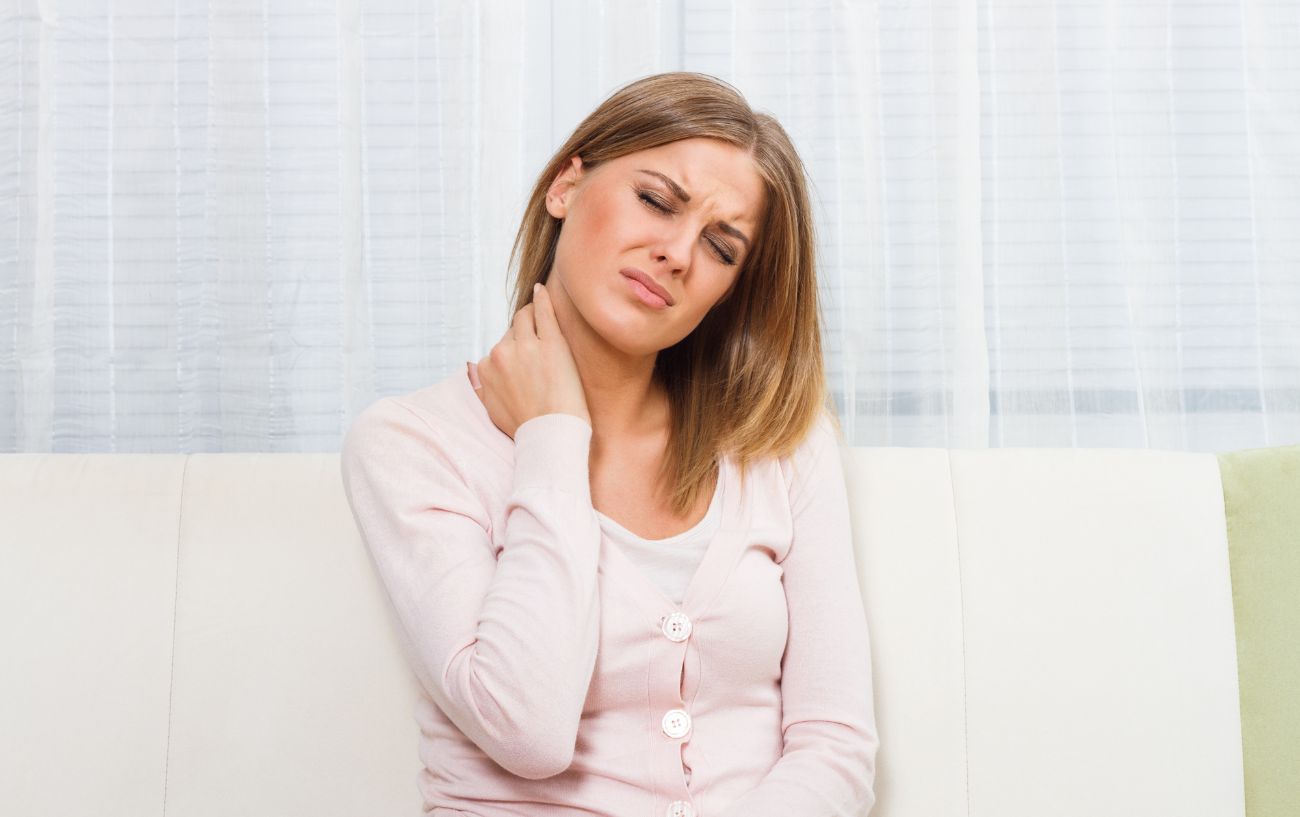
Armpits
One of the most common areas of the body where chafing occurs is the armpits.
The armpits are a prime region for chafing because they tend to be high areas of sweat, plus the skin on the underside of your arm in the axilla rubs against the side of your torso when you put your arm down at your side.
Armpit chafing is extremely common in runners, as well as those using the elliptical machine. It could also happen while hiking, rowing, or any exercise where your arm is swinging back and forth next to your body.
Shaving your armpits further leads this sensitive skin prone to chafing, as the armpit hair naturally reduces friction and protects the underlying skin.
Nipples
It’s not common to see nipple chafing if you are wearing a properly fitting sports bra, although if your sports bra is loose, some amount of nipple chafing can occur.
On the other hand, nipple chafing is quite common in men or women who do not wear sports bras while exercising but who do wear a shirt. As the shirt moves up and down against the nipples, especially if there is excess moisture, it can wear away this tissue, causing extremely painful, bloody nipples.
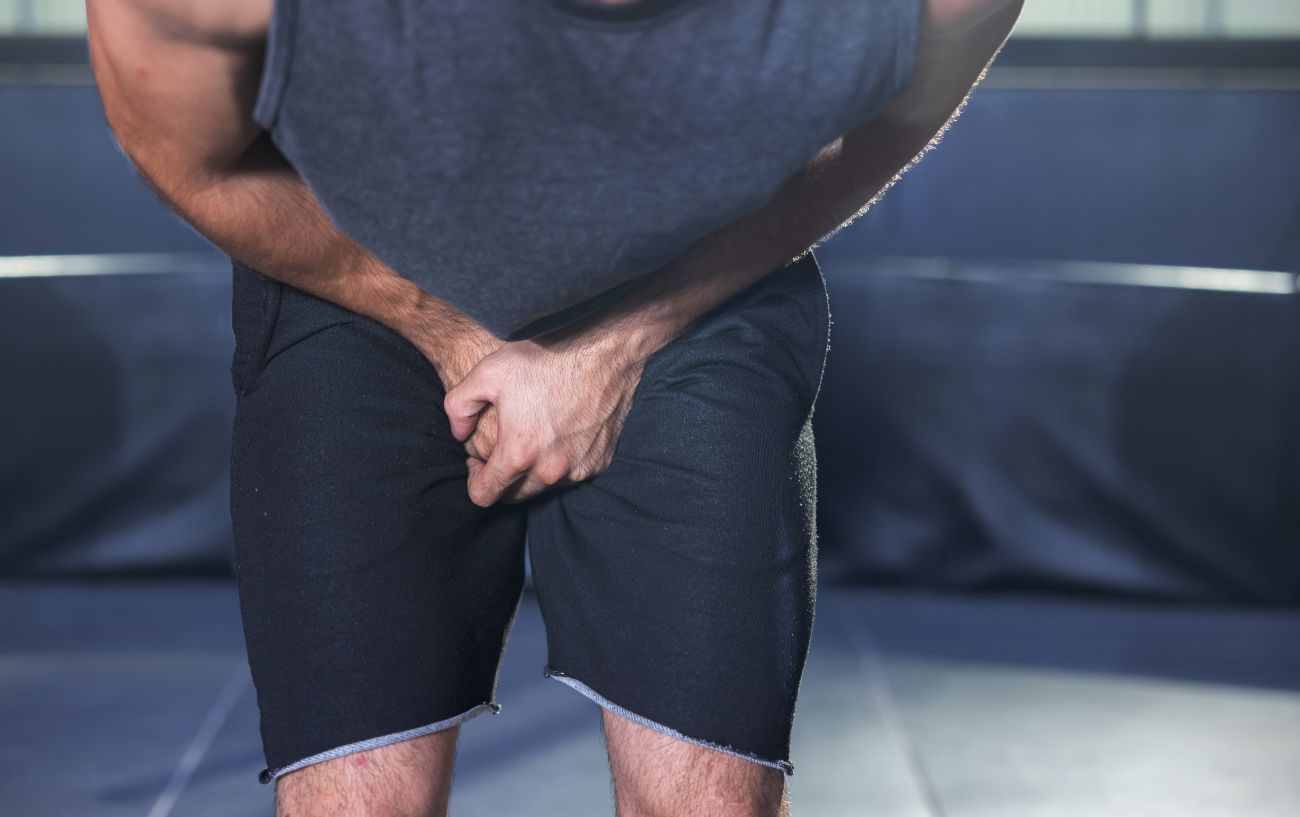
Under the Breasts
Whether you identify as a man or a woman, breast tissue or excess fat along the pec muscles can lead to an overhang where the underside of the breast is contacting the skin underneath the bra line.
Ill-fitting sports bras can also cause chafing under the breasts, especially if they are too tight or too loose.
Stomach
People who have looser skin in the stomach region can have folds of tissue that rub together during exercise, particularly during seated activities that might compress the belly, such as rowing and cycling.
Chafing on the stomach can also occur from a waistband that is too tight or too loose or from the hemline at the bottom of a crop top or tankini.
Groin and Perineum
The groin, inner thighs, and perineum region around the vulva or testicles are among the most common areas of chafing during exercise.
Even in very lean individuals, there’s a lot of skin-to-skin contact in this area, along with hot weather and excess moisture, which is ultimately the trifecta for creating an environment conducive to chafing.
Chafing will be worse if you shave in this region, and it’s essential to look for signs of infection if you have chafing here.
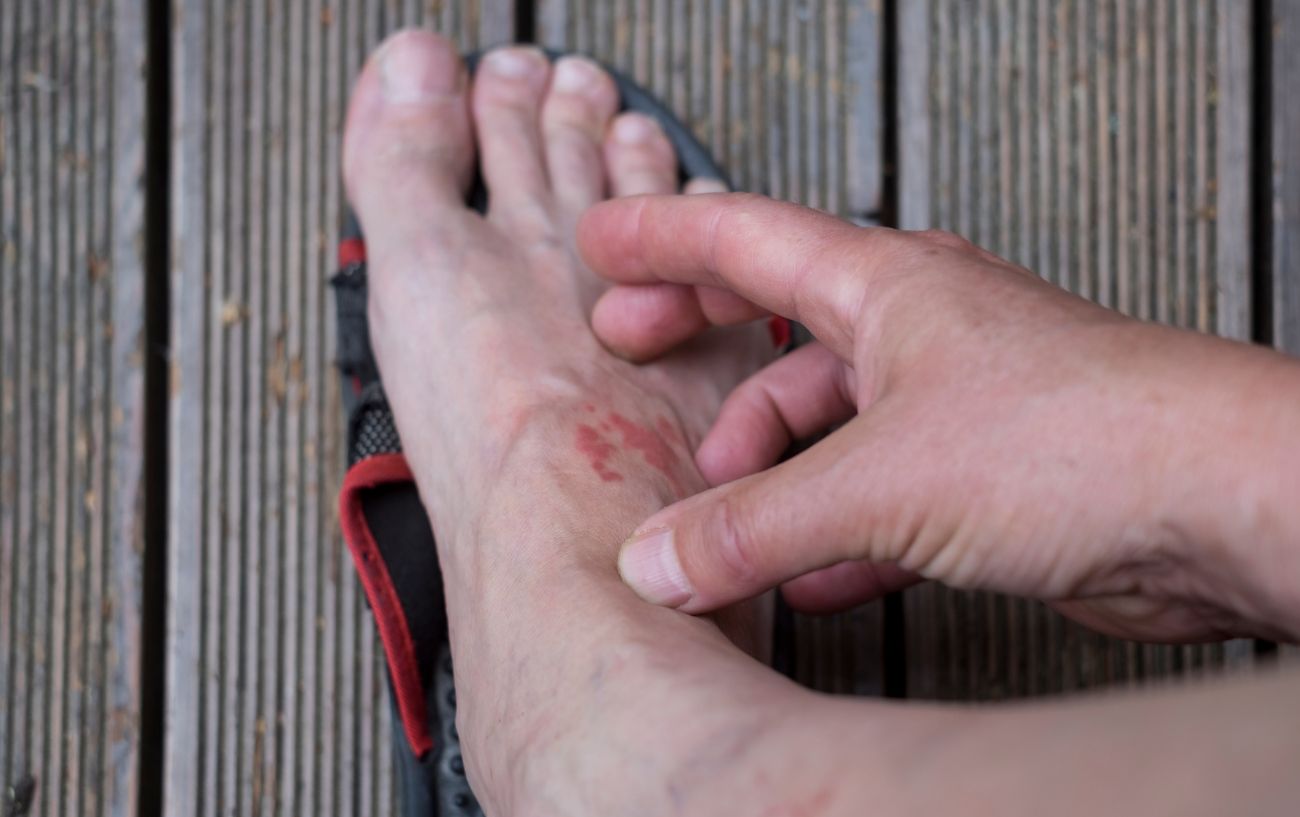
Butt Cheeks
Any activity where your legs move back and forth past one another can cause chafing in the butt crack.
Common activities that may result in butt crack chafing include running, hiking, cycling, spinning, and the elliptical machine. This area of the body is also prone to heavier sweating, so the excess moisture and heat can cause some pretty severe butt crack chafing.
Cyclists are also prone to chafing at the underside of the butt cheeks, where the gluteal fold meets the very top of the thigh under the butt.
Feet
Lastly, feet sweat a lot, and blisters on the toes, heel, or other areas of the foot are just manifestations of chafing that look a little bit different.
If your socks or shoes are rubbing your feet, or the skin between your toes is compressed together, you can develop some pretty gnarly blisters on your feet.

How to Prevent Chafing
Now, onto the practical, how do you prevent chafing?
The only way to prevent chafing is to eliminate the friction that is causing the chafing.
When friction is a result of the clothing you are wearing, it’s a matter of choosing clothing that stays in place without constantly shifting against your skin. For compression clothing, make sure that the compression is indeed tight enough so that there is not a constant movement of the fabric against your skin.
For skin-on-skin contact or even areas of the skin that are being rubbed by fabric, you should apply an anti-chafing balm prior to exercise. You can use anti-chafing products specifically geared towards chafing.
This could include an anti-chafing stick like Body Glide or a lotion like Chamois Butt’r Coconut Anti-Chafe Cream, or you can use deodorant, coconut oil, shea butter, or even aloe vera gel.
Many people suggest using petroleum jelly, such as Vaseline, but using petroleum jelly products on your skin can be harmful.
These products lubricate the skin to allow a gliding against your skin rather than a shearing friction that causes the skin to be worn away.

Baby powder, powders like Anti Monkey Butt, or even cornstarch can also be helpful, particularly on your feet and in the groin region. Talcum powder can also help prevent chafing but may be associated with adverse health effects.
Finally, using a protective barrier such as nip guards or a Band-Aid on your nipples could be an effective way to prevent nipple chafing in runners or other athletes who do not wear sports bras.
How to Help Chafing
If it’s too late and you already have some pretty bad chafing, the good news is there are a few things you can do to help heal chafing. Here’s how to treat chafing in the groin area or any other area where it occurs.
First, you want to thoroughly clean the area, especially if it is open, and then gently pat it dry. Apply an antiseptic appointment such as Neosporin or triple antibiotic ointment, and then do your best to cover it with a sterile bandage.
You can also use hydrocortisone or zinc oxide to help heal chafing faster.
However, over-the-counter steroid creams, such as hydrocortisone, should not be used for more than four weeks, as they can lead to skin thinning. Diaper rash cream can also help soothe and heal chafing; a good one to try is Boudreaux’s Butt Paste Maximum Strength Diaper Rash Ointment.
Lastly, some people find that cool compresses can help alleviate some of the burning sensations, and warm salty compresses can reduce the risk of infection if you have bloody chafe wounds.
As with most things, prevention is key, so think about skin care, and try to keep your skin dry, protected, and free from excessive rubbing while you exercise.
If you are consistently changing between your toes, check out our guide on blisters to help prevent them during your next workout.
